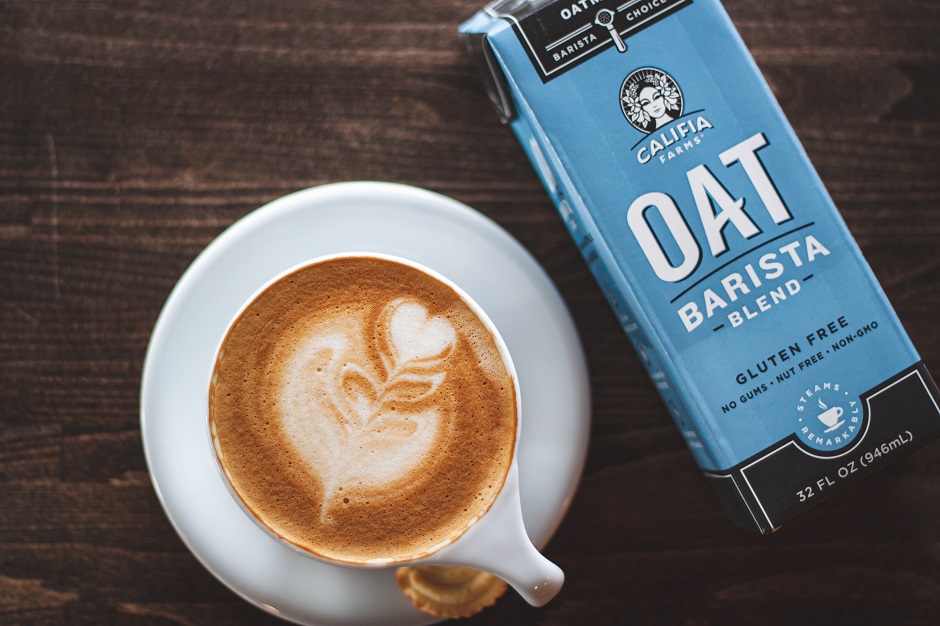With the hospitality industry set to reopen its doors again soon, now is the perfect time to review your training on allergens. It may be that you've made some new hires to manage demand, or have added several exciting options to your menu. In either case, its important that your food is labelled correctly to display information on allergens and that your staff are clued up on the individual ingredients present in each of your offerings, be them hot drinks or hot food.
For years, it was a requirement under EU law to correctly display 14 major allergens on all products sold. In 2014, this legislation was adopted under UK law, meaning it still remains relevant post-brexit.
What are the 14 allergens?
In the UK, food businesses must provide information about any of 14 major allergens when they are used as ingredients in the food and drink they provide. The way the information is communicated to the customer depends on what kind of business they are (e.g. retail or catering), and how the food is presented.
All food for sale is covered under the EU Food Information to Consumers Regulation (EU) No. 1169/2011, commonly known as EU FIC Regulation. This EU legislation has been implemented into UK law, via the Food Information Regulations 2014.
The 14 allergens covered under this legislation are as follows:
- Celery (including celeriac)
- Cereals containing gluten, namely: wheat (such as spelt and khorasan wheat), rye, barley, oats
- Crustaceans, for example prawns, crabs, lobster, crayfish
- Eggs
- Fish
- Lupin, which includes lupin seeds and flour and can be found in types of bread, pastries and pasta
- Milk (including lactose – consider cream and other milk-derivative products)
- Molluscs, like mussels, whelks, oysters, snails and squid
- Mustard
- Nuts; namely almonds, hazelnuts, walnuts, cashews, pecan nuts, Brazil nuts, pistachio nuts, macadamia (or Queensland) nuts
- Peanuts
- Sesame
- Soybeans
- Sulphur dioxide/sulphites, where added and at a level above 10mg/kg or 10mg/L in the finished product. This can be used as a preservative in dried fruit.

Allergens list courtesy of the Food Standards Agency (https://www.food.gov.uk/business-guidance/allergen-guidance-for-food-businesses)
Some high-profile failures this year have been catastrophic for the consumer in question, and disastrous for the company responsible. If each of the products you sell aren’t clearly labelled for their ingredients (here’s some guidance on allergen labelling), you could be risking a lot more than your reputation.
Moreover, it’s vital that all of your staff – and that includes the Saturday girl or boy – are well versed in the allergen content of each and every ingredient that goes into your coffees and snacks. This way, if they’re asked the question, they can confidently answer and ensure the safety of your customers and that your catering fulfils not just the letter but the spirit of the law.



